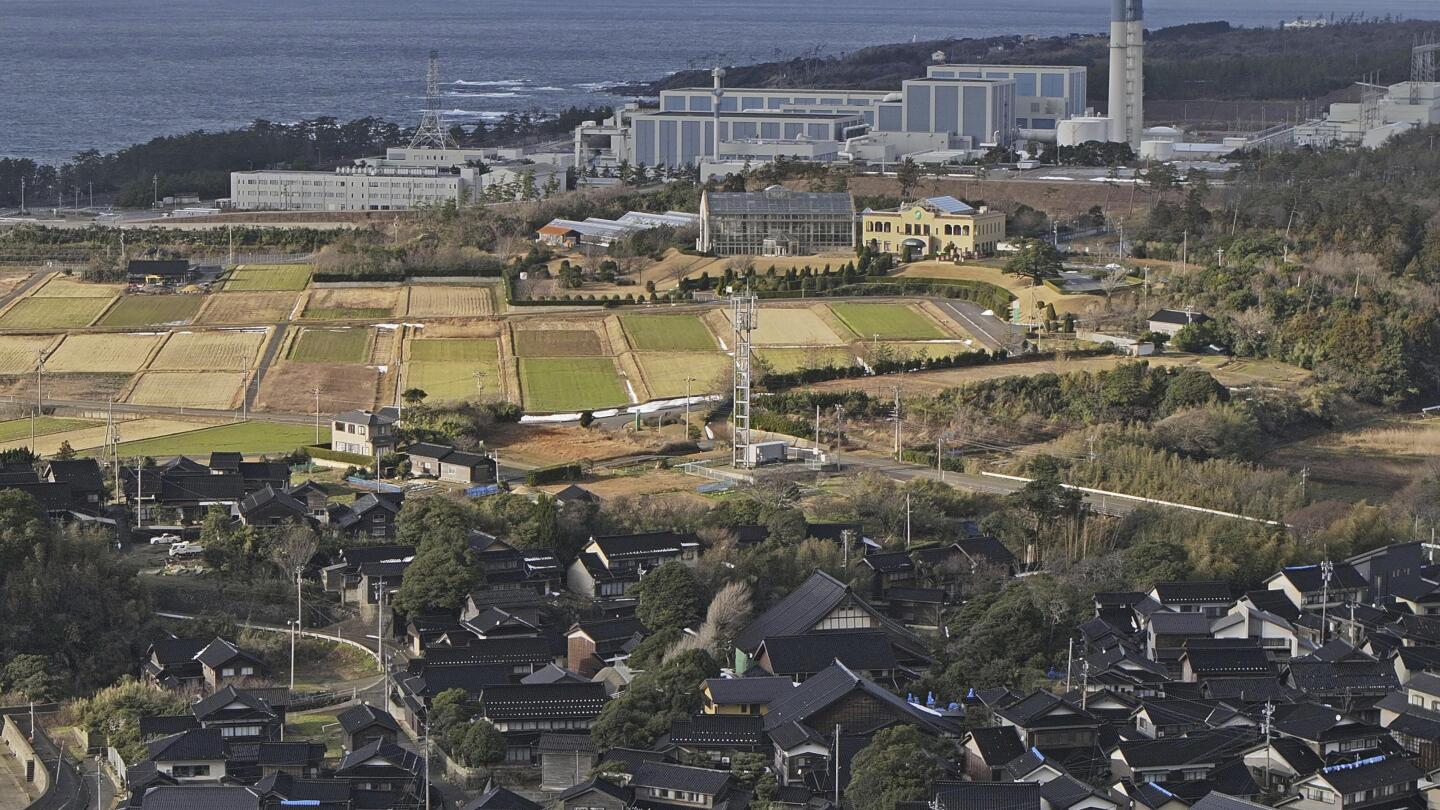TOKYO (AP) — A group of residents of towns near Japanese nuclear plants submitted a petition on Friday asking regulators to halt safety screening for the restart of idled reactors until damage to a plant that partially lost external power and spilled radioactive water during a recent powerful earthquake is fully examined.
The magnitude 7.6 quake on New Year’s Day and dozens of strong aftershocks in north-central Ishikawa prefecture left 240 people dead and 15 unaccounted for and triggered a small tsunami.
Two idled reactors at Shika nuclear power plant on the Noto Peninsula in Ishikawa suffered power outages because of damage to transformers. Radioactive water spilled from spent fuel cooling pools and cracks appeared on the ground, but no radiation leaked outside, operator Hokuriku Electric Power Co. said.
The damage rekindled safety concerns and residents are asking whether they could have evacuated safely if it had been more severe. The earthquake badly damaged roads and houses in the region.
All Japanese nuclear power plants were temporarily shut down after the 2011 Fukushima nuclear disaster for safety checks under stricter standards. The government is pushing for them to be restarted but the process has been slow, in part because of lingering anti-nuclear sentiment among the public. Twelve of the 33 workable reactors have since restarted.
Residents of Ishikawa and other towns with nuclear plants gathered in Tokyo on Friday and handed their petition to officials at the Nuclear Regulation Authority. They are asking officials to freeze the screening process while damage at the Shika nuclear plant is fully examined and safety measures are implemented.
Susumu Kitano, a Noto Peninsula resident, said there would be no way to escape from his town in case of a major accident at the plant.
Nuclear safety officials have noted that the extensive damage suffered by houses and roads in the area of the Shika plant make current evacuation plans largely unworkable. The damage, including landslides, made many places inaccessible, trapping thousands of people on the narrow peninsula.
Experts say current nuclear emergency response plans often fail to consider the effects of damage from compounded disasters and need to be revised to take into account more possible scenarios.
Takako Nakagaki, a resident of Kanazawa, about 60 kilometers (35 miles) south of the Shika plant, said the current evacuation plan is “pie in the sky.” Under the plan, residents closer to the plant are advised to stay indoors in case of a radiation leak, but that would be impossible if houses are damaged in an earthquake.
The Noto quake also sparked fear in neighboring Fukui prefecture, where seven reactors at three plants have restarted, and in Niigata prefecture, where the operator of the tsunami-hit Fukushima nuclear plant is preparing to restart its only workable nuclear plant, the world’s largest seven-reactor Kashiwazaki-Kariwa plant.
Hundreds of other residents of towns hosting nuclear plants submitted similar requests to regulators and Prime Minister Fumio Kishida earlier this week.
The Nuclear Regulation Authority has requested a further investigation of the Shika plant, even though initial assessments showed no immediate risk to its cooling functions or outside radiation leaks. NRA officials said Shika’s operator should consider the possibility of additional damage to key equipment as aftershocks continue.
The Shika reactors, inaugurated in 1993 and 2006, have been offline since the 2011 Fukushima disaster. Hokuriku Electric Power has expressed hopes to restart the newer No. 2 reactor by 2026, but reviews of the recent quake damage could delay that plan.
Despite the Fukushima disaster, the government has pushed increasing use of nuclear energy as a source of stable and clean energy.

